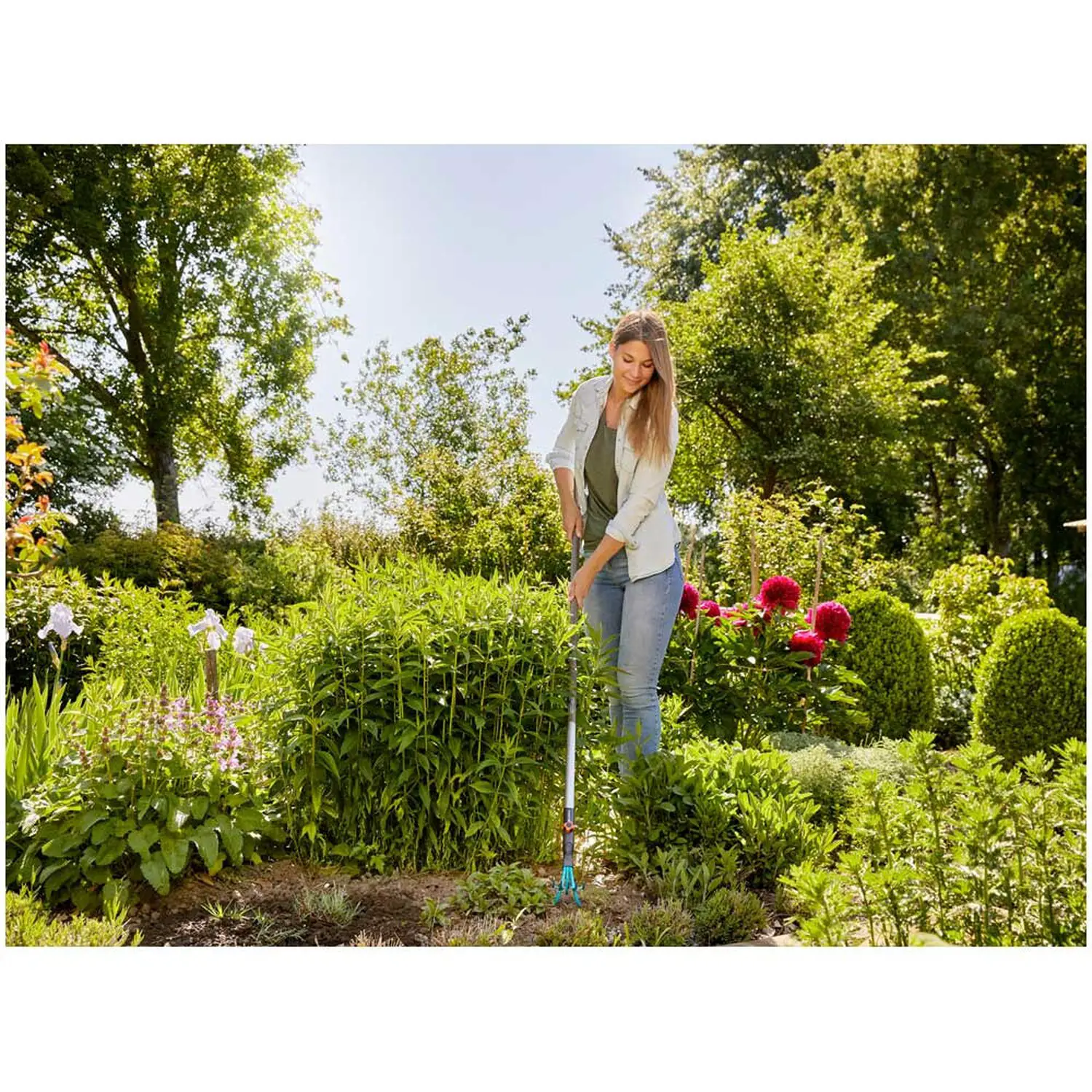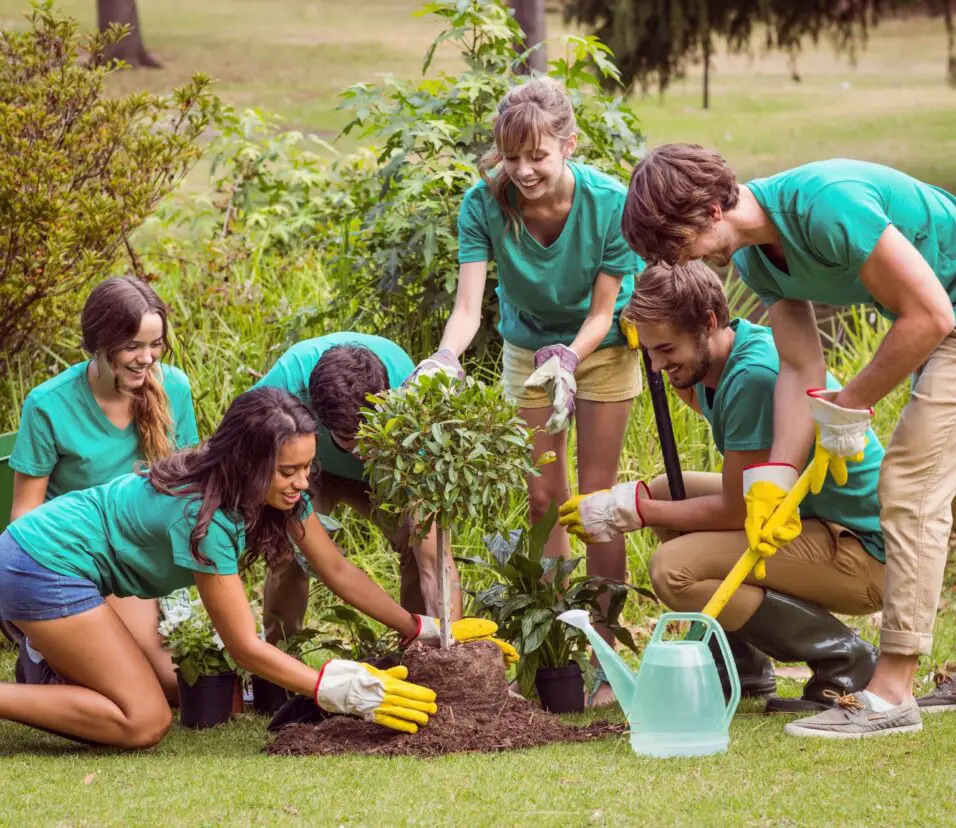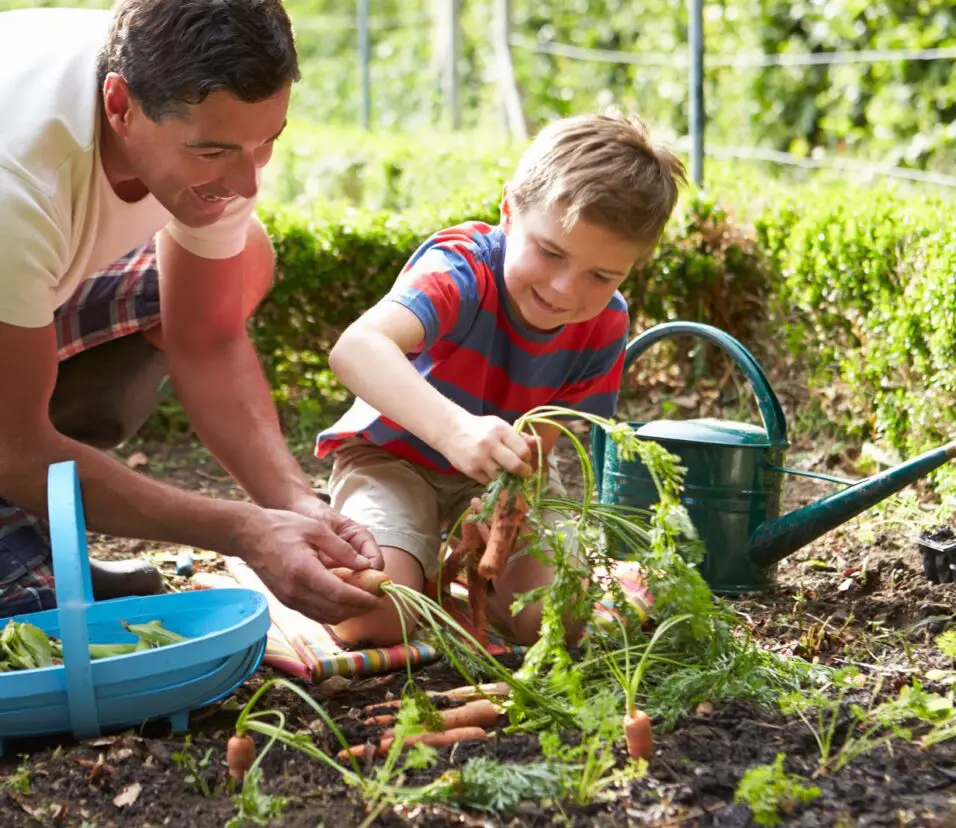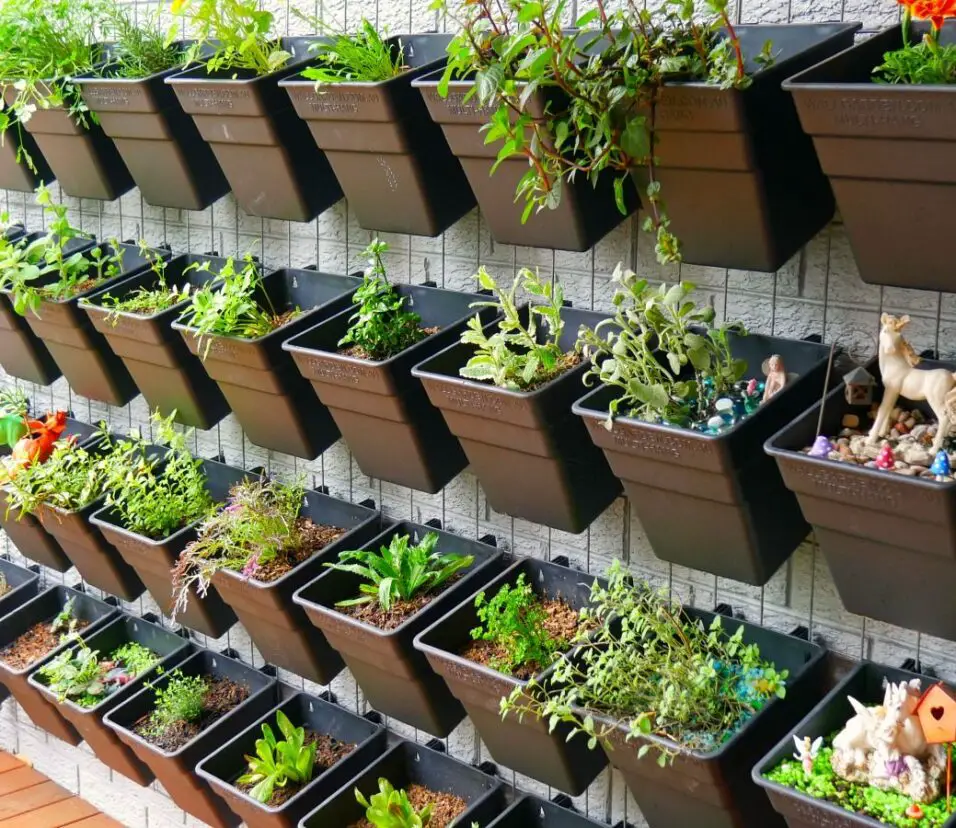How To Sterilize Gardening Tools
Introduction
How To Sterilize Gardening Tools: Maintaining a thriving garden requires more than just a green thumb; it necessitates the proper care and cleanliness of your gardening tools. Sterilizing your gardening tools is a fundamental practice that often goes overlooked, but it plays a critical role in preventing the spread of diseases, pests, and pathogens throughout your beloved garden. This simple yet essential process helps ensure the health and vitality of your plants, ultimately leading to more abundant yields and a more beautiful outdoor space.
Sterilization of master gardening tools involves the elimination of potentially harmful microorganisms that can cling to the surfaces of your equipment. These unwanted guests can quickly transmit diseases from one plant to another, hindering growth and compromising the overall wellbeing of your garden. By introducing a regular sterilization routine, you take proactive steps to safeguard your investment of time and effort.
We will delve into the various methods of sterilizing wall gardening tools, from basic techniques such as cleaning with soap and water, to more advanced options like chemical treatments and heat sterilization. We’ll explore the appropriate circumstances for each method and provide step-by-step instructions to help you integrate these practices seamlessly into your gardening routine. By incorporating proper sterilization techniques, you’re not only fostering a healthier garden environment, but also demonstrating your commitment to responsible and knowledgeable gardening practices.
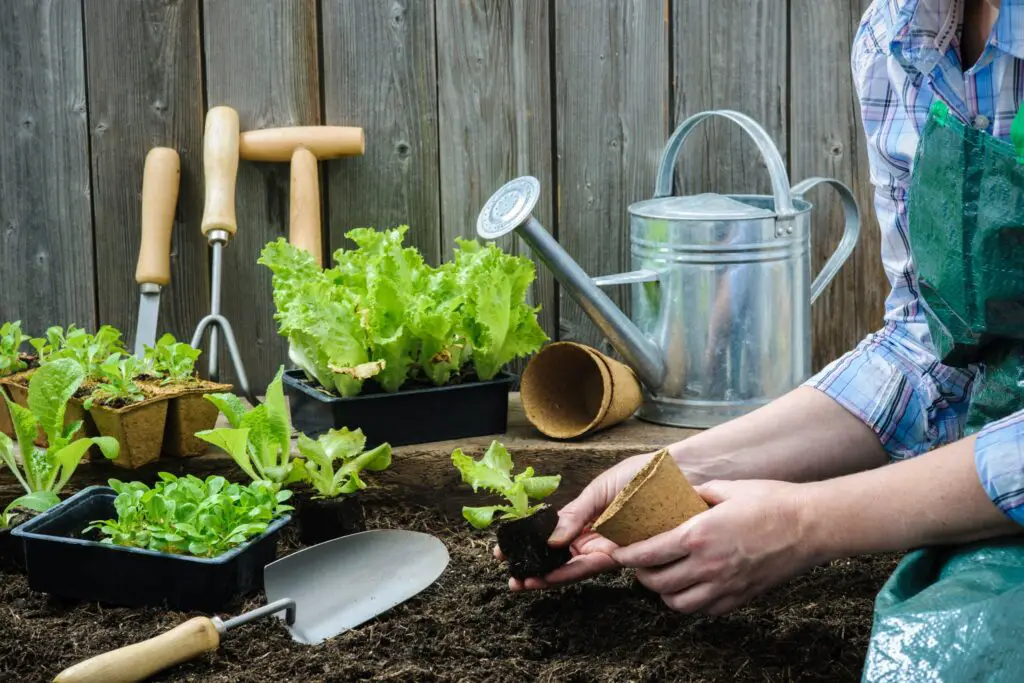
How do you sanitize gardening equipment?
To use chlorine bleach to disinfect horticultural tools, mix up a 10% bleach solution (one part bleach to nine parts water) and do a 30-minute soak. The solution has a short lifespan—effectiveness is cut in half after two hours—so fresh batches should be made for each round of cleaning .
Sanitizing gardening equipment is crucial for maintaining a healthy garden. The process involves eliminating harmful microorganisms that can spread diseases among plants. To start, thoroughly clean your tools with soap and water to remove dirt and debris. Next, disinfect them using a solution of one part household bleach to nine parts water. Submerge the tools in this solution for about 10 minutes, then rinse and dry them to prevent corrosion.
For a chemical-free option, consider using hydrogen peroxide or white vinegar instead of bleach. Both possess natural disinfecting properties and can be applied in a similar manner. Additionally, heat sterilization is effective for certain tools. To do this, heat metal tools with a propane torch until they turn red, then let them cool. For non-metal tools, like pruners, soak them in boiling water for a few minutes. It’s important to note that some tools may be damaged by excessive heat, so exercise caution.
Regular sanitization of gardening equipment, ideally before and after each use, will help prevent the spread of diseases and pests, promoting the vitality of your garden. This simple practice safeguards your plants and investment while fostering a thriving, disease-free gardening environment.
Can I use rubbing alcohol to clean my garden tools?
You can safely sterilize your tools with rubbing alcohol, and I like to keep mine in a spray bottle for ease of use. Spray all sides of the blades, tines, hinges, and pivot joints, then wipe them down. Or, dab a small amount of rubbing alcohol onto a clean rag to sanitize your tools after use.
Yes, rubbing alcohol can be an effective option for cleaning and disinfecting your garden tools. Its high alcohol content acts as a natural sanitizer, eliminating bacteria and pathogens that could harm your plants. To use rubbing alcohol for cleaning garden tools, follow these steps:
Preparation: Gather your garden tools and materials. You’ll need rubbing alcohol (isopropyl alcohol), a clean cloth or rag, and a container.
Cleaning: Begin by removing any visible dirt, debris, or plant residues from the tools. A brush or old toothbrush can help with this step. Wipe the tools down with a damp cloth to further clean the surfaces.
Disinfecting: Moisten a clean cloth or rag with rubbing alcohol. Wipe down the entire surface of each tool, ensuring that all areas are covered. Pay special attention to cutting edges and any crevices where dirt can accumulate.
Drying: Allow the tools to air dry or wipe them dry with a clean, dry cloth. This helps prevent moisture-related issues like rust.
Rubbing alcohol is especially useful for cleaning small hand tools, pruners, and shears. However, it’s important to note that prolonged exposure to rubbing alcohol might dry out wooden handles or certain rubber components over time. To mitigate this, consider applying a protective coat of linseed oil or a similar product to wooden handles after using rubbing alcohol. Regularly cleaning your garden tools with rubbing alcohol can significantly reduce the risk of disease transmission and help keep your garden plants thriving.
Why do we need to sterilize garden equipment?
Dirty gardening tools and pots can spread disease from an infected plant to a healthy one. Properly cleaning and disinfecting tools and containers can reduce the spread of plant diseases. Disinfecting is important especially when working with diseased plants and plants that are susceptible to the same diseases.
Sterilizing garden equipment is an essential practice to safeguard the health and vitality of your garden. Garden tools can inadvertently harbor harmful microorganisms, pests, and pathogens that can quickly spread diseases among plants. Without proper sterilization, these threats can compromise the growth, appearance, and overall success of your garden.
Diseases can be easily transmitted from one plant to another through contaminated tools. As you work, dirt, plant residues, and moisture can accumulate on your equipment, creating an ideal environment for pathogens to thrive. When you use these tools without proper cleaning and sterilization, you risk introducing diseases that can stunt growth, cause discoloration, and even lead to plant death.
Regular sterilization helps break the cycle of disease transmission. By eliminating lingering microorganisms, pests, and spores, you prevent their transfer from plant to plant. This practice is especially crucial during pruning, transplanting, and other activities that involve direct contact with plants.
Ultimately, sterilizing garden equipment is an investment in the long-term success of your garden. It ensures that your plants thrive in a clean and disease-free environment, leading to healthier, more vibrant, and bountiful landscapes for years to come.
Can I use rubbing alcohol to clean my garden tools?
Rubbing alcohol sterilizes instruments, and I store mine in a spray bottle for convenience. Wipe down blades, tines, hinges, and pivot joints after spraying. Sanitize your tools after use by dabbing a little rubbing alcohol on a clean rag.
Rubbing alcohol may clean garden tools well. Alcohol is a natural disinfectant that kills numerous germs, viruses, and fungi on instruments. This is crucial because garden tools can store bacteria that spread plant diseases and pests.
Remove dirt and debris from garden tools before cleaning them with rubbing alcohol. Next, dampen a cloth or sponge with rubbing alcohol and wipe clean the tools, paying special attention to dirt-prone areas. Pathogens that harm plants are eliminated by this process.
Rubbing alcohol can harm rubber parts and dry up wooden handles, so use it sparingly. Apply oil to wooden handles after rubbing alcohol to prevent drying. Rubbing alcohol in tool cleaning reduces disease spread, making gardens healthier.
What are the primary reasons for sterilizing gardening tools, and how does it impact the overall health of your garden?
Sterilizing gardening tools is pivotal to maintaining the overall health and vitality of your garden. The process serves two primary purposes: disease prevention and pest control. Garden tools, when used without proper sterilization, can harbor a variety of pathogens, bacteria, and fungi that contribute to the spread of diseases among plants. This unchecked transmission can lead to stunted growth, wilting, discoloration, and even death of your plants.
Moreover, pests often hitch a ride on tools, introducing unwanted visitors that can rapidly infest your garden. Sterilization not only eliminates these pests but also disrupts their life cycles, reducing the risk of infestations.
By regularly sterilizing your gardening tools, you create a cleaner and safer environment for your plants to flourish. Disease-causing microorganisms are eradicated, ensuring that your garden remains a haven for growth rather than a breeding ground for ailments. Ultimately, this practice contributes to increased yields, healthier foliage, and more vibrant blooms. Through the simple act of sterilization, you demonstrate a commitment to responsible gardening practices that promote the longevity and success of your garden.
Can you provide an overview of the different methods available for sterilizing gardening tools, and what are the specific benefits of each method?
Several effective methods are available for sterilizing gardening tools, each offering unique benefits to ensure the health of your garden. One common method involves cleaning tools with soap and water to remove debris, followed by disinfection using a solution of bleach and water. Bleach effectively kills pathogens and pests, helping to prevent disease transmission.
Alternatively, natural agents like hydrogen peroxide or white vinegar can be used to sanitize tools without the use of chemicals. These options are eco-friendly and eliminate harmful microorganisms, ensuring plant safety.
Heat sterilization is another approach, particularly suitable for metal tools. Heating tools with a propane torch or placing them in boiling water kills pathogens and pests, albeit with the risk of potential damage to non-metal components.
Ultraviolet (UV) light exposure is emerging as a high-tech solution, capable of killing microorganisms without chemicals or heat. UV sterilization is effective for various tool types and offers convenience and versatility. Overall, these methods provide diverse approaches to keeping gardening tools free from pathogens, enhancing plant health, and yielding thriving garden results.
What basic steps should one follow before proceeding with the sterilization of gardening tools, and why are these preliminary actions important?
Before sterilizing gardening tools, several essential steps should be followed to ensure effective and safe disinfection. First, remove any visible dirt, plant debris, or organic matter from the tools. Cleaning tools before sterilization prevents these materials from interfering with the disinfection process and helps improve the efficacy of the sterilizing agents.
Next, wear appropriate personal protective equipment, such as gloves and safety goggles, to safeguard yourself from potentially harmful chemicals or pathogens present on the tools. Additionally, assess the materials of the tools. Some tools might be sensitive to certain sterilization methods, like heat, which could damage plastic or wooden components. Understanding the materials allows you to choose the most suitable sterilization approach.
By adhering to these preliminary steps, you create a clean and controlled environment for the sterilization process. Removing debris prevents interference with the disinfection process, while wearing protective gear safeguards your well-being. Moreover, considering tool materials ensures that sterilization is effective without causing unintended damage. These steps collectively ensure that the subsequent sterilization process is efficient, safe, and promotes the overall health of your garden.
How does the presence of harmful microorganisms on gardening tools contribute to the spread of diseases among plants, and how can proper sterilization prevent this?
Harmful microorganisms present on gardening tools can serve as carriers of diseases that devastate plants. These pathogens, including bacteria, fungi, and viruses, often thrive in damp and organic-rich environments, which tools can provide if not properly cleaned and sterilized. As these contaminated tools come into contact with healthy plants, they transfer these pathogens, initiating the spread of diseases.
Proper sterilization is a proactive defense against this scenario. It eradicates lingering microorganisms from the tools’ surfaces, breaking the chain of disease transmission. By neutralizing these potential carriers, sterilization prevents the inadvertent introduction of diseases to otherwise healthy plants. This safeguarding measure is particularly crucial during activities such as pruning or transplanting, where tools make direct contact with plants.
Regular sterilization not only halts the spread of diseases but also reduces the chances of infestations caused by pests hitchhiking on contaminated tools. In essence, proper sterilization serves as a preventative measure that bolsters the garden’s overall health, fosters plant longevity, and contributes to the success of the gardening endeavor.
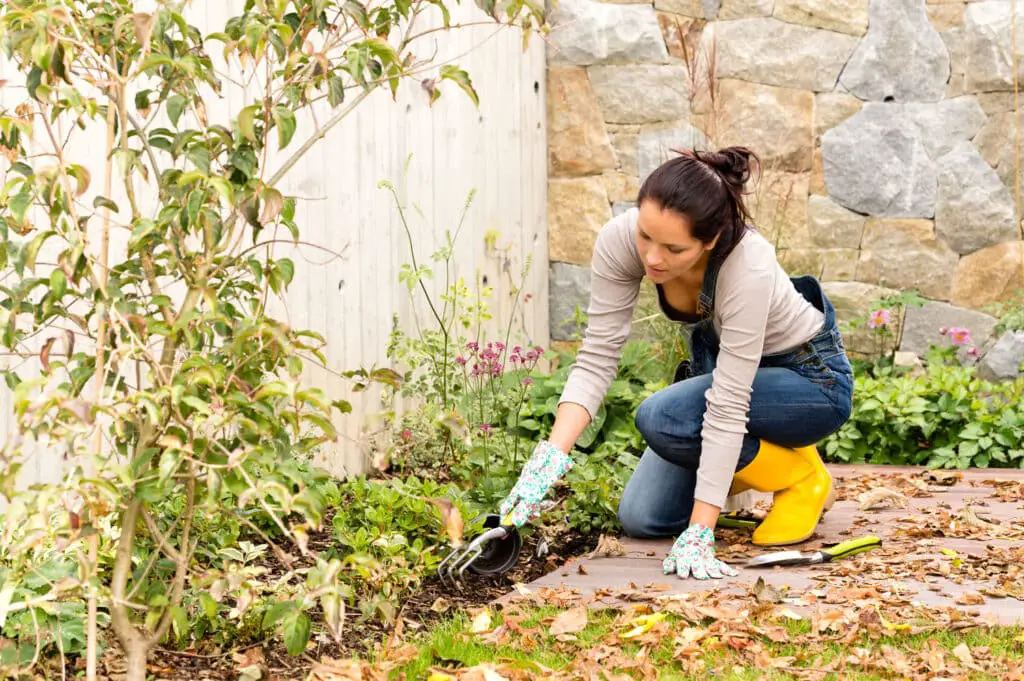
Conclusion
In the realm of gardening, where nurturing life is the ultimate goal, the significance of sterilizing tools cannot be overstated. The journey from soil to harvest is a delicate balance, and the presence of harmful microorganisms can disrupt this harmony. As we’ve explored various methods of sterilization, it becomes evident that this practice is not merely a routine task but a vital commitment to the well-being of your garden.
By embracing proper sterilization techniques, you embark on a journey of responsible stewardship. You safeguard your plants from the invisible threats that can compromise their health and vitality. Through meticulous cleaning and disinfection, you create a sanctuary where diseases struggle to thrive and pests find no welcome mat.
Moreover, the act of sterilizing cleaning tools embodies a deeper philosophy of respect for the intricate ecosystems within our gardens. It reflects an understanding that every snip, every dig, and every touch has consequences that ripple through the soil. By taking measures to prevent the unintended transmission of diseases, you exemplify the role of a thoughtful gardener—one who cherishes the natural world and cultivates it with wisdom.
So, as you step into your garden, remember that the tools in your hands are not mere instruments; they are guardians of health, sentinels against adversity. With each sterilized tool, you weave a narrative of care and diligence, nurturing a garden that flourishes not only with vibrant colors and abundant produce but with the very essence of your devotion.



